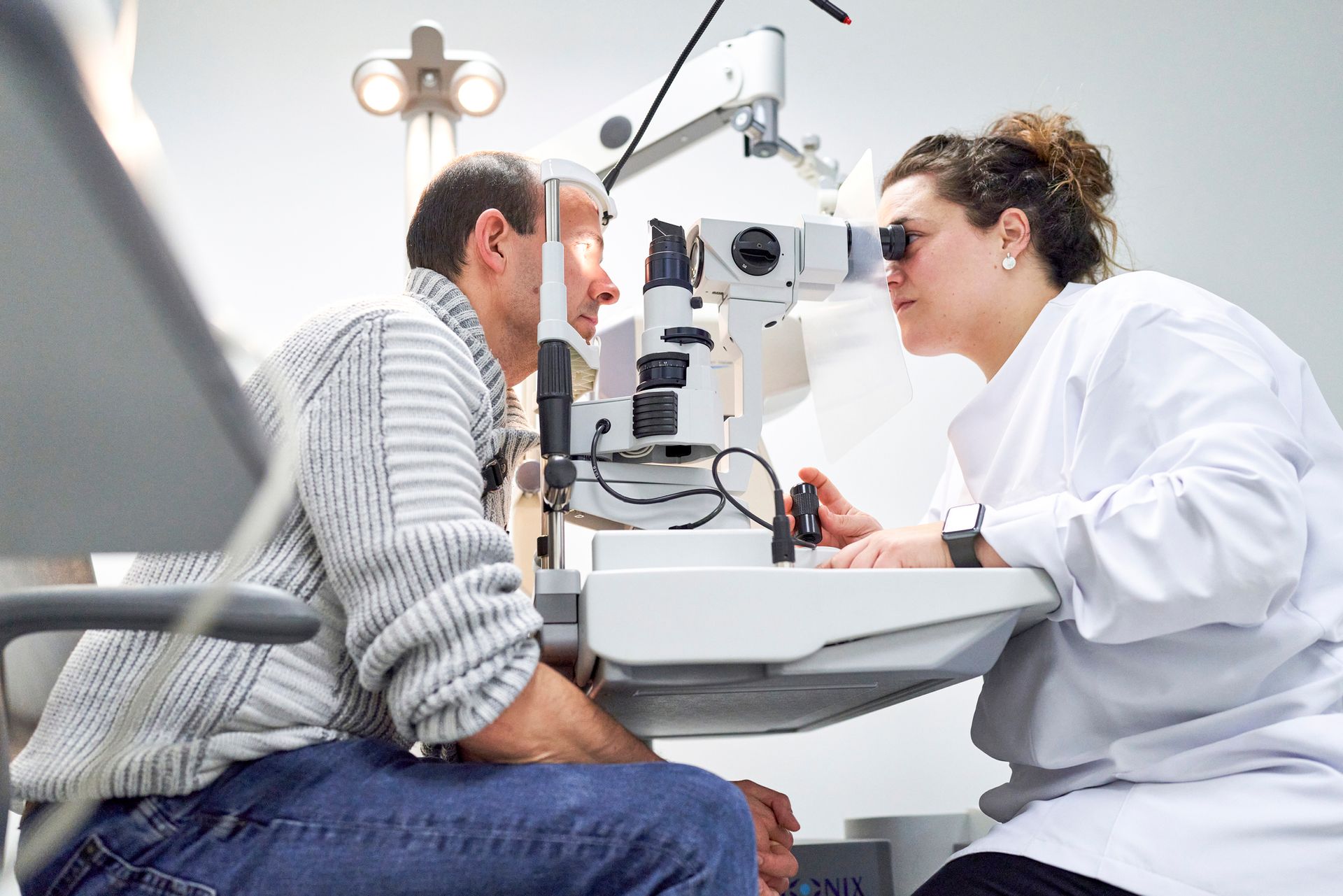Primary Open-Angle Glaucoma: What You Need to Know
- By Admin
- •
- 06 Dec, 2019
- •

Glaucoma is a serious eye disease that can cause permanent vision loss or total blindness. There are multiple types of glaucoma, but the most common type is primary open-angle glaucoma (POAG).
Causes and Risk Factors
Glaucoma is caused by damage to the optic nerve due to excessive pressure in the eye. This pressure is called intraocular pressure and happens when the eye is unable to drain fluid properly. The fluid builds up over time until it damages the optic nerve, which is the nerve that transfers images from the eye to the brain.
POAG often runs in families, so if you have a close relative who has been diagnosed with glaucoma, you're at a higher risk of developing it yourself. Researchers believe the risk is even higher if you have a sibling with glaucoma, according to the American Academy of Ophthalmology.
Other factors that may put you at higher risk of being diagnosed with POAG are older age, thinner than average corneas, and African-Caribbean ancestry.
Symptoms
Primary open-angle glaucoma doesn't usually cause noticeable symptoms until the disease has progressed significantly. Glaucoma patients typically don't experience any pain or other obvious signs, and even the initial vision loss is often overlooked because it usually starts with losing peripheral vision.
Peripheral vision is the vision off to the side - it's what you see out of the corner of your eye. Because this type of vision isn't as sharp or focused as looking straight ahead, people often overlook changes in it.
Diagnosis
The lack of noticeable symptoms until significant vision loss occurs is one of the main reasons that regular eye exams are so important, especially for seniors. Your eye doctor will check the pressure in your eye to detect early glaucoma.
Your doctor will put numbing drops in your eyes to make the procedure painless. Pressure is applied to your eye with a small device or a quick puff of air.
If your ophthalmologist detects increased pressure, they can perform further tests to determine whether or not you have POAG or another type of glaucoma. Your doctor will dilate your eyes to examine your optic nerve for damage. They may also have you perform a test to check your peripheral vision for signs of vision loss.
Measurements of the thickness of your corneas and the angle where your iris meets your cornea are other helpful tests often used to confirm a glaucoma diagnosis.
Treatment
When an ophthalmologist detects glaucoma early, they can provide treatment to help prevent further damage, but any existing vision loss due to POAG isn't reversible. The most common early treatment is prescription eye drops to reduce the pressure inside your eye. These drops can also help prevent glaucoma if you have increased intraocular pressure that hasn't yet progressed to glaucoma.
Many glaucoma patients need to use medicated eye drops daily for the rest of their lives to prevent permanent vision loss. Oral medications to reduce the risk of further vision loss are also available, but they aren't a good fit for every patient.
Your ophthalmologist might recommend surgery to treat your POAG if they feel medications aren't sufficient to help prevent the progression of the disease. Minimally-invasive glaucoma surgery helps the eye drain fluid better to reduce pressure and only requires very small incisions.
Laser surgery is another common treatment option for POAG patients who don't respond well to medicated eye drops. Results from laser surgery can take several months, and the effects often only last for between 1 and 5 years. You can have more than one laser glaucoma surgery, but your results for subsequent surgeries might not be as pronounced as the results following the initial surgery.
Other types of surgeries that are more invasive may also be options to treat POAG. These surgeries create new areas for the fluid in your eye to drain out of, and they are often better at lowering eye pressure than minimally-invasive surgery is.
The ophthalmologists at Calvert Ophthalmology Center diagnose and treat multiple eye conditions. Contact us today to schedule an appointment.











